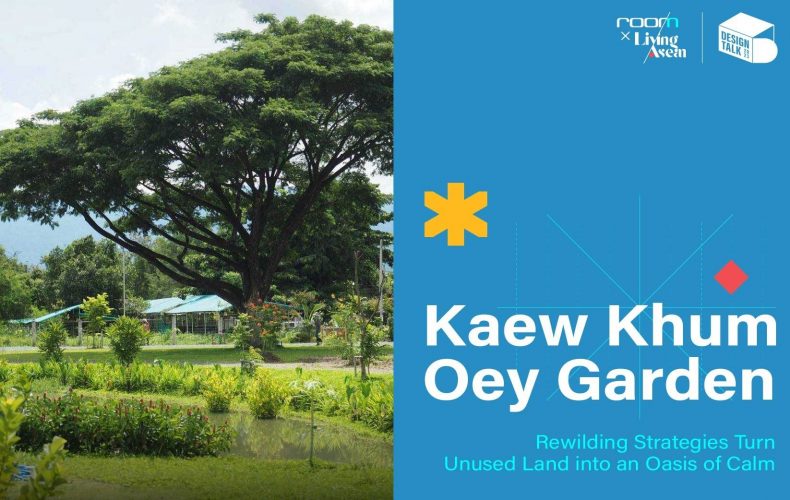/ Chiang Mai, Thailand /
/ Story: Lily J. / English version: Bob Pitakwong /
/ Photographs: Courtesy of Jai Baan Studio /
Imagine what to expect as urban areas relentlessly expand into the outskirts of a city. More basic physical infrastructures are needed. As to be expected, they have a significant impact on rivers, canals and natural water bodies. Not to mention new roads that traverse a vast area covered with forest and agricultural land. Some see it as a welcome change. For others, it’s a rude awakening for its potential to have an effect on the ecosystems. Precisely, there’s a good chance it could afflict harm to existing “Ecological Corridors.”
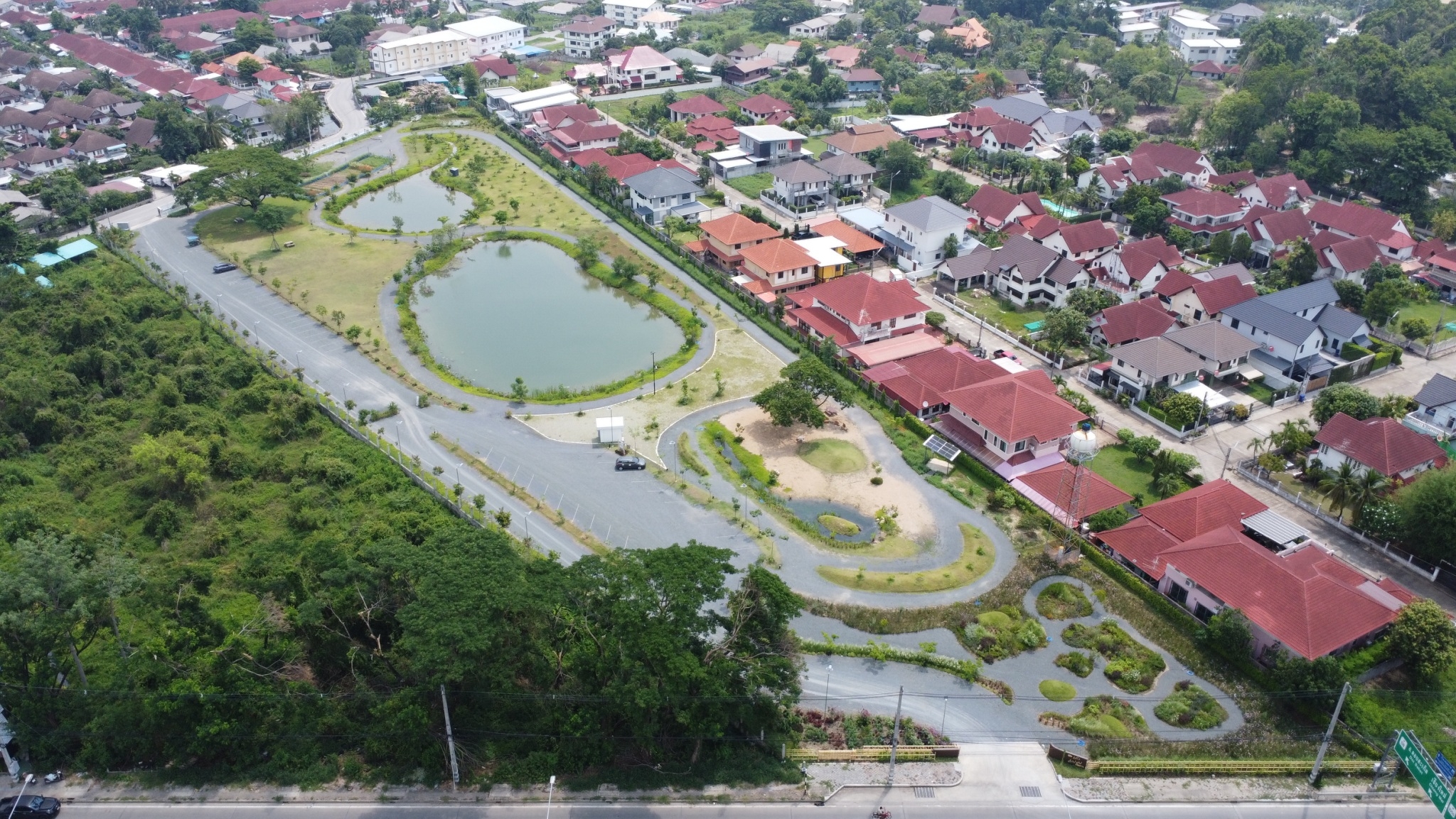
What are “Ecological Corridors,” anyway? The term refers to both natural features of Earth’s surface and landscape planning strategies designed to prevent or reduce the effects of habitat loss.
Be it natural or man-made, they provide habitats crucial to the survival of indigenous florae and faunas great and small. Simply put in plain language, they are natural homes to plants, animals, birds, insects and other living organisms.
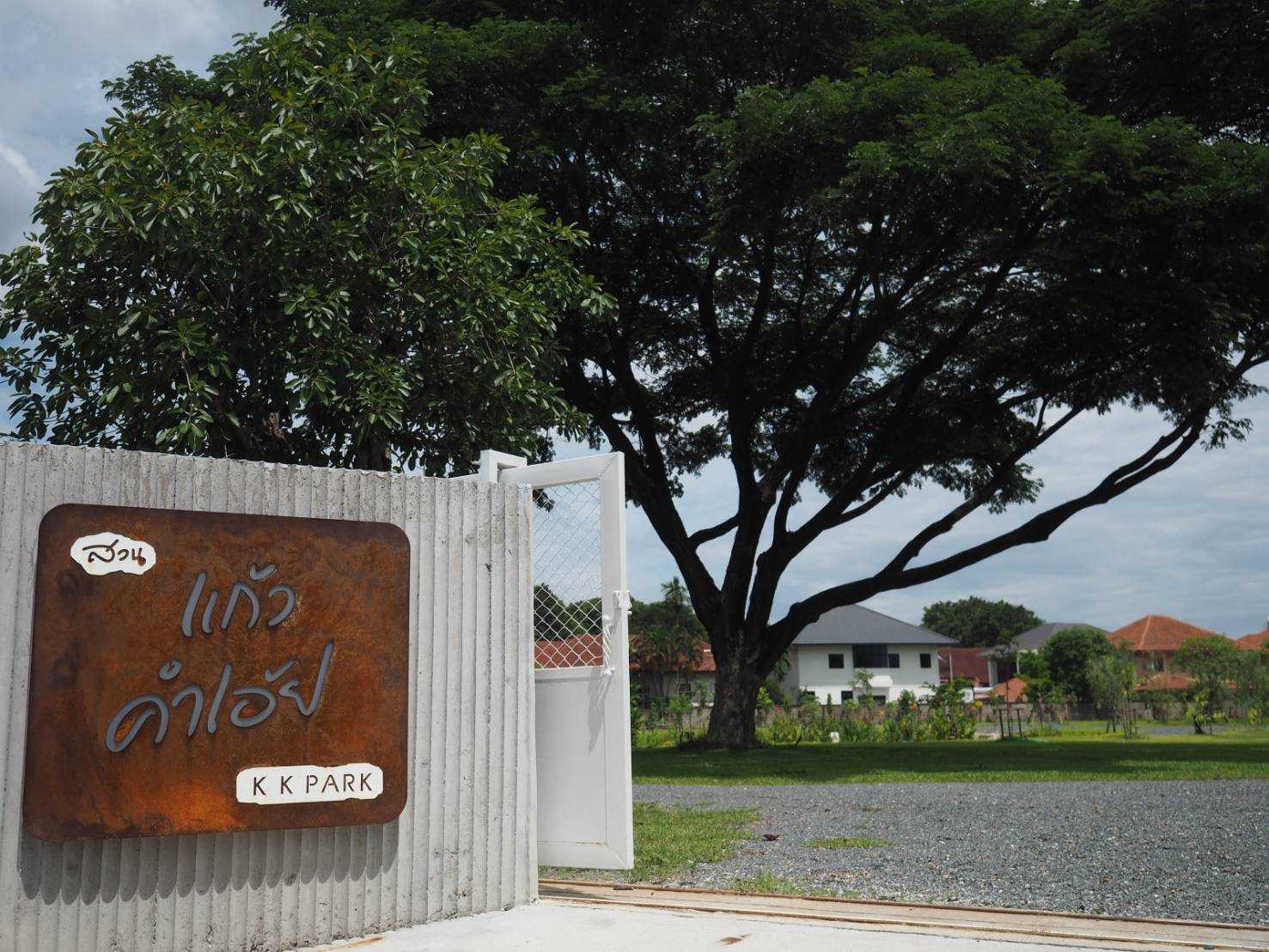
It’s for this reason that a property owner in Chiang Mai decided to create an open public space that’s central to the physical and mental health of both humans and animals. She started out with 12 Rai of land (slightly shy of 5 acres) of her own that’s part of a housing development on the outskirts of the city.
Named “Kaew Khum Oey Garden,” the green space project connecting Chiang Mai people with nature is undertaken by the homegrown design atelier Jaibaan Studio.

Supawut Boonmahathanakorn, architect and founder of Jaibaan Studio, said that for a long time the 12-Rai plot was left largely undeveloped after much of the upper layer of earth had been excavated to fill a strip of land designated for road building.
It lies environed by more than 30 housing developments without a single open public space. That’s reason enough for the owner to put in good quality parklands complete with bike trails, jogging trails and workout spaces for the community to enjoy.
Change is a good thing. The green is open to people of all ages, plus it’s thoughtfully devised to connect with existing ecosystems in the surroundings.
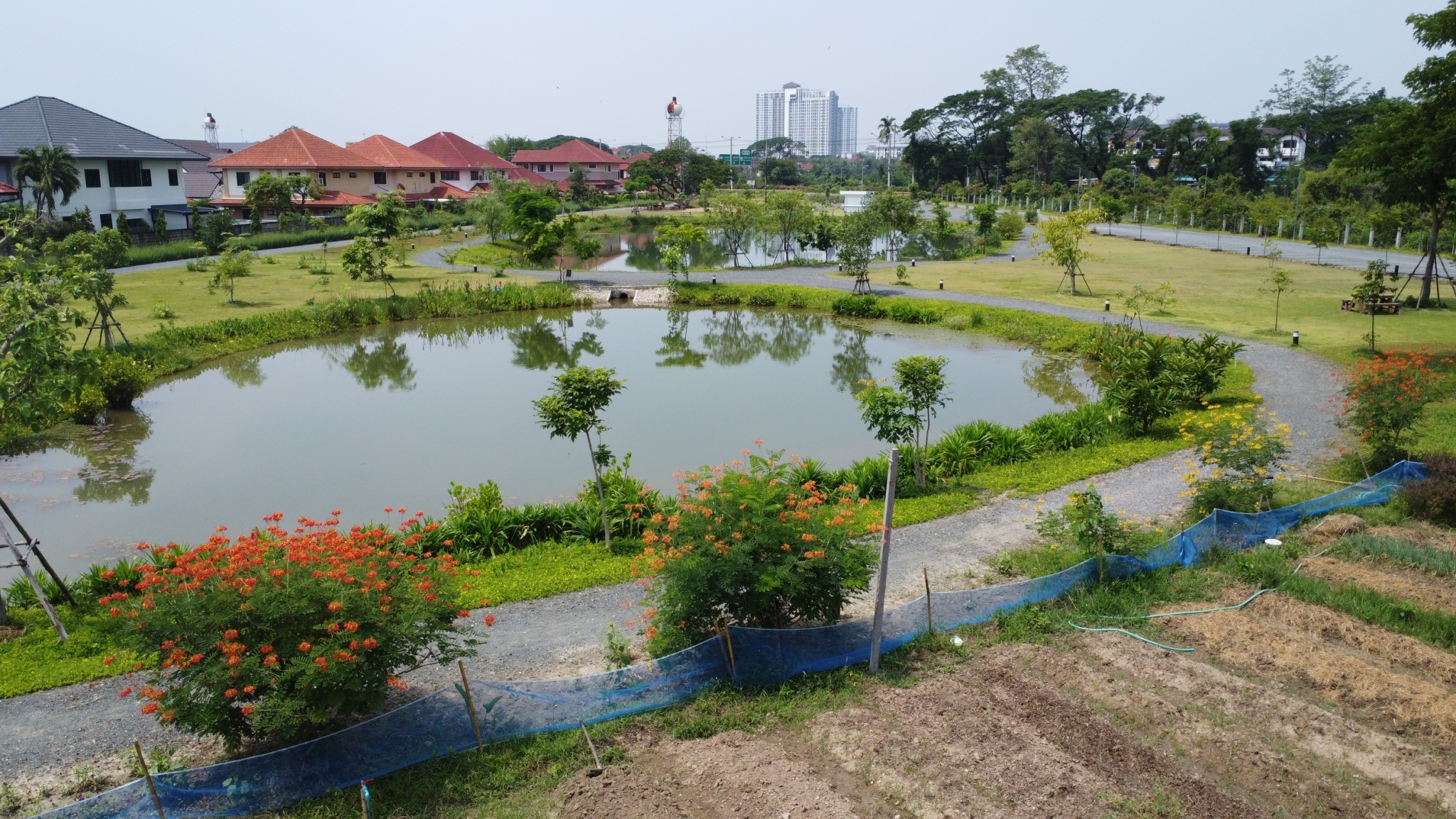
To create an oasis of calm that allows public access, the designer has been meticulous about its appearance and made spaces available for commercial activities, including room for the restaurant business.
It’s a thoughtful consideration since it’s the business that will generate the incomes needed to fund the upkeep of the park, thereby freeing the property owner from burdensome responsibilities in the long term. Plus, it helps to operate within budget.

With respect to landscaping, the designer further improves the visible features of the land by putting in trees and small plants indigenous to Thailand’s North.
Ironically, some of the species are less commonly known even among locals. As the growth of urban sprawl continues, neighborhood greenery matters. That’s the way he sees it.
Hence, the restoration of the area to all its former glory becomes his front-and-center concerns. Besides giving local residents the opportunity to reconnect with nature, he treats it as a design laboratory in which the flora and fauna and other living elements native to the area are incorporated in the design.
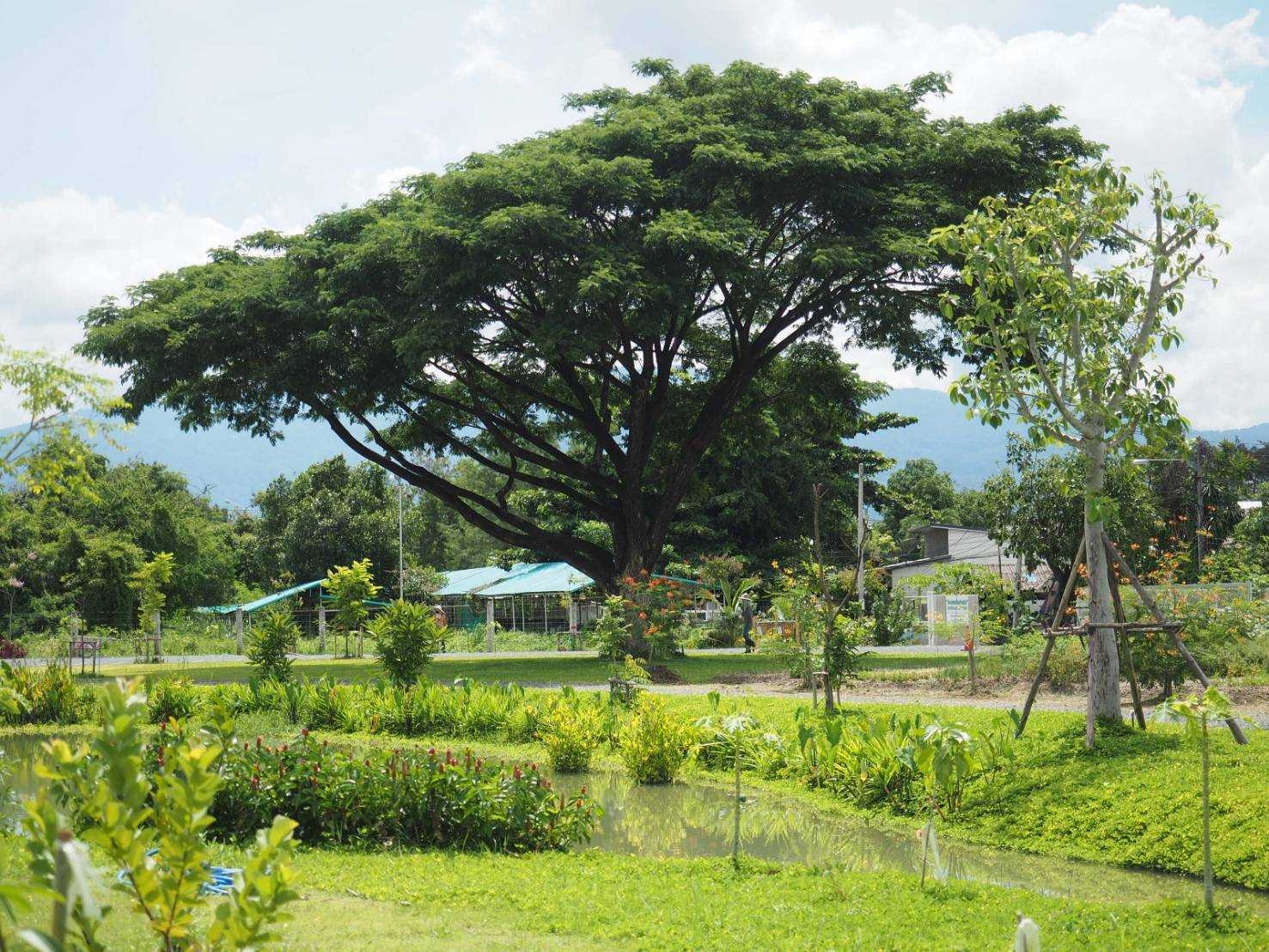
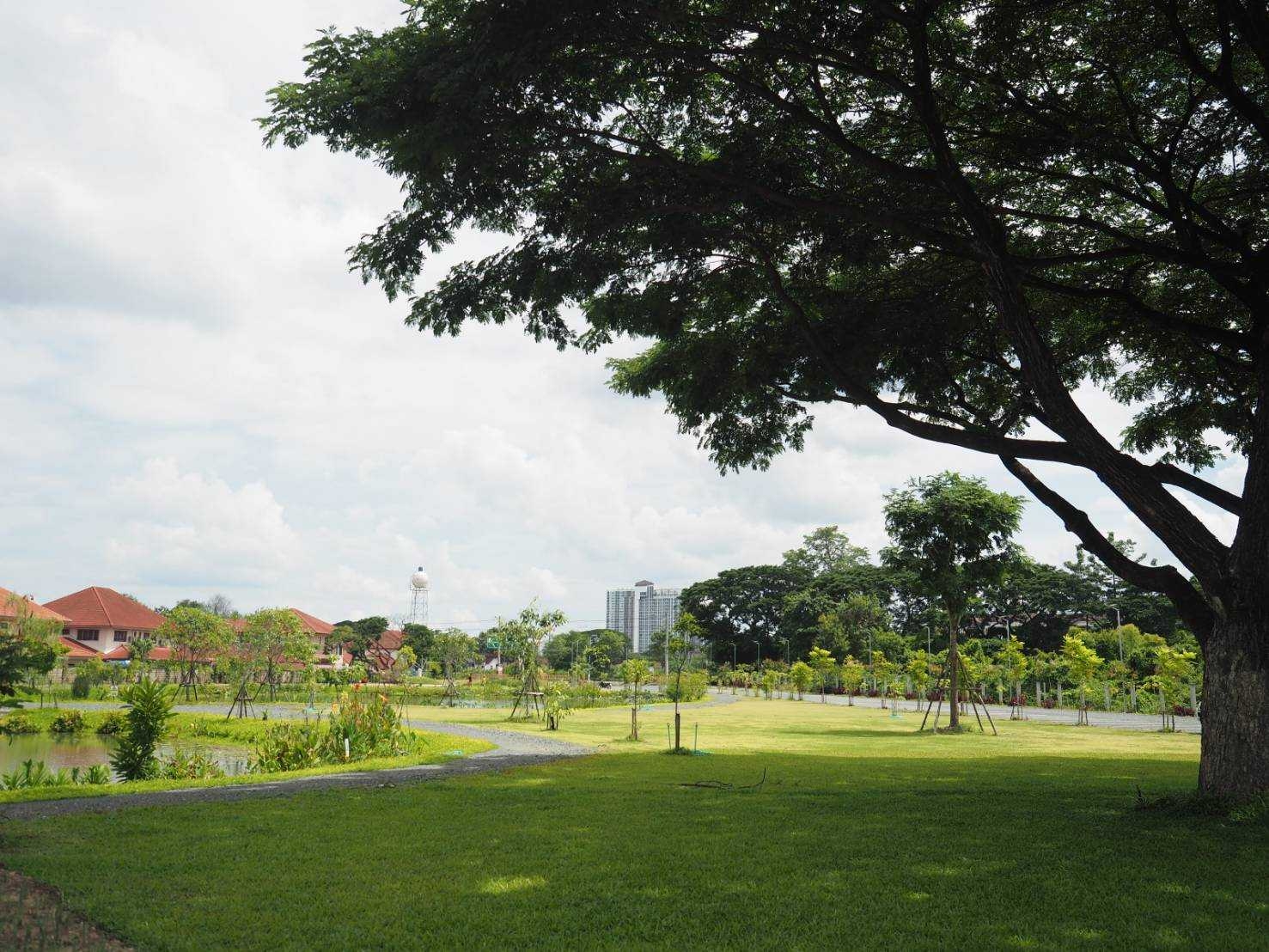
As the designer of Jai Baan Studio puts it, the park doubles as nature conservation, a restoration of the natural environment in which native plant species take precedence over any other consideration.
Trouble is that nowadays the garden market is awash with excessive amounts of decorative plants, including species imported from abroad.
Because of that, most landscape developers across the country have elected to integrate foreign imports in the design despite the kingdom’s rich and diverse native florae. As the imported tree species become more popular, nurseries and garden markets comply.
Subsequently, the landscape designer is compelled to act according to demands. And before you know it, there aren’t many native plant gardens around anymore, let alone the nursery business that produces them.
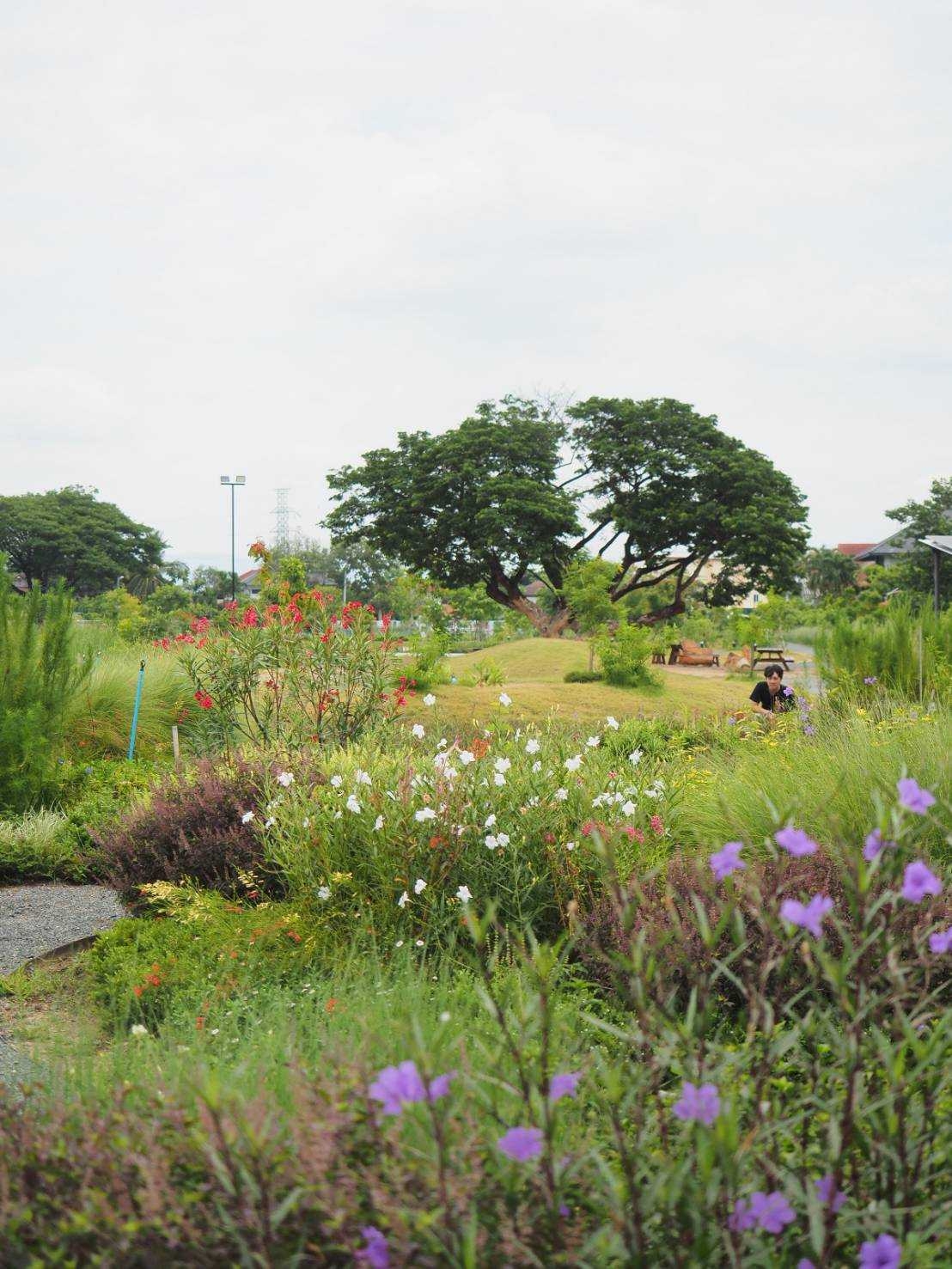
To solve supply chain problems, the landscape designer builds his own nursery, one that’s specialized in native species production to fulfill the park’s specific needs.
He crosses the hill and sifts through the water collecting specimens of native florae and faunas needed to repopulate the area, literally starting from scratch. A job very well done, he’s succeeded in breathing new life into what was once a neglected piece of ground.
Some of the more commonly known species he reintroduces to the park includes herbal species, such as
(1) Ngu-khiew (พันงูเขียว) or Brazilian tea (Stachytarpheta jamaicensis);
(2) Tri-chawa (ตรีชวา) or squirrel’s tail (Justicia betonica);
(3) Kraprao-daeng (กระเพราแดง) or Red holy basil (Ocimum tenufiorum);
(4) Ho-rapha (โหรพา) or Thai basil (Ocimum basillicum var. thyrsiflora); and
(5) Fai-duenha (ไฟเดือนห้า) or Butterfly weed (Asclepias curassavica). The list goes on.
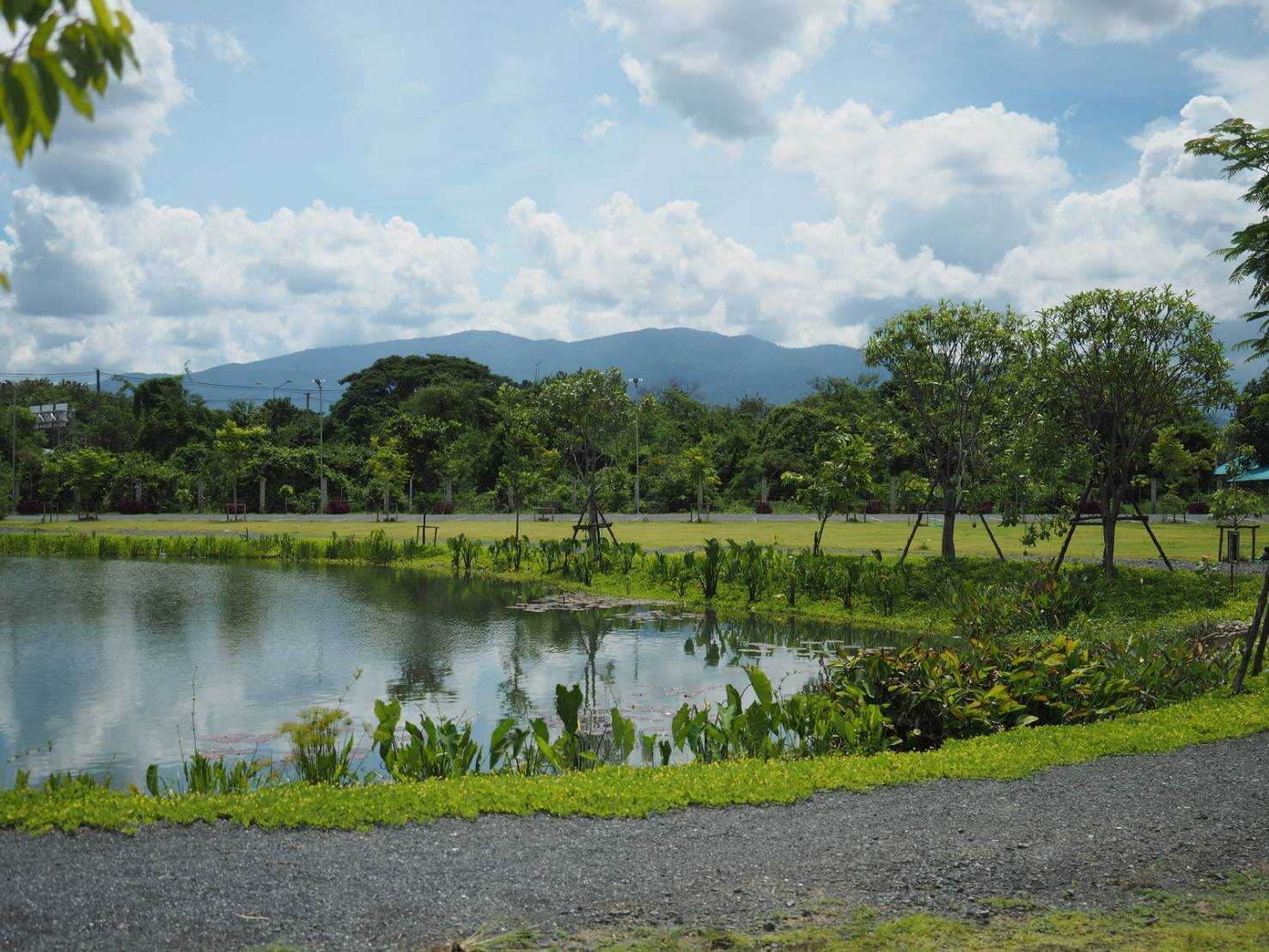
Kaew Khum Oey Garden is by no means a one-off project. It’s the designer’s finest work to date. So the information about the native florae used here will be stored in a repository of data for future landscape developments similar to this one.
The data will also be made available for public access in time to come with a view to stimulate demands, thereby encouraging the nursery business to fulfill the emerging needs for indigenous plants in the future.
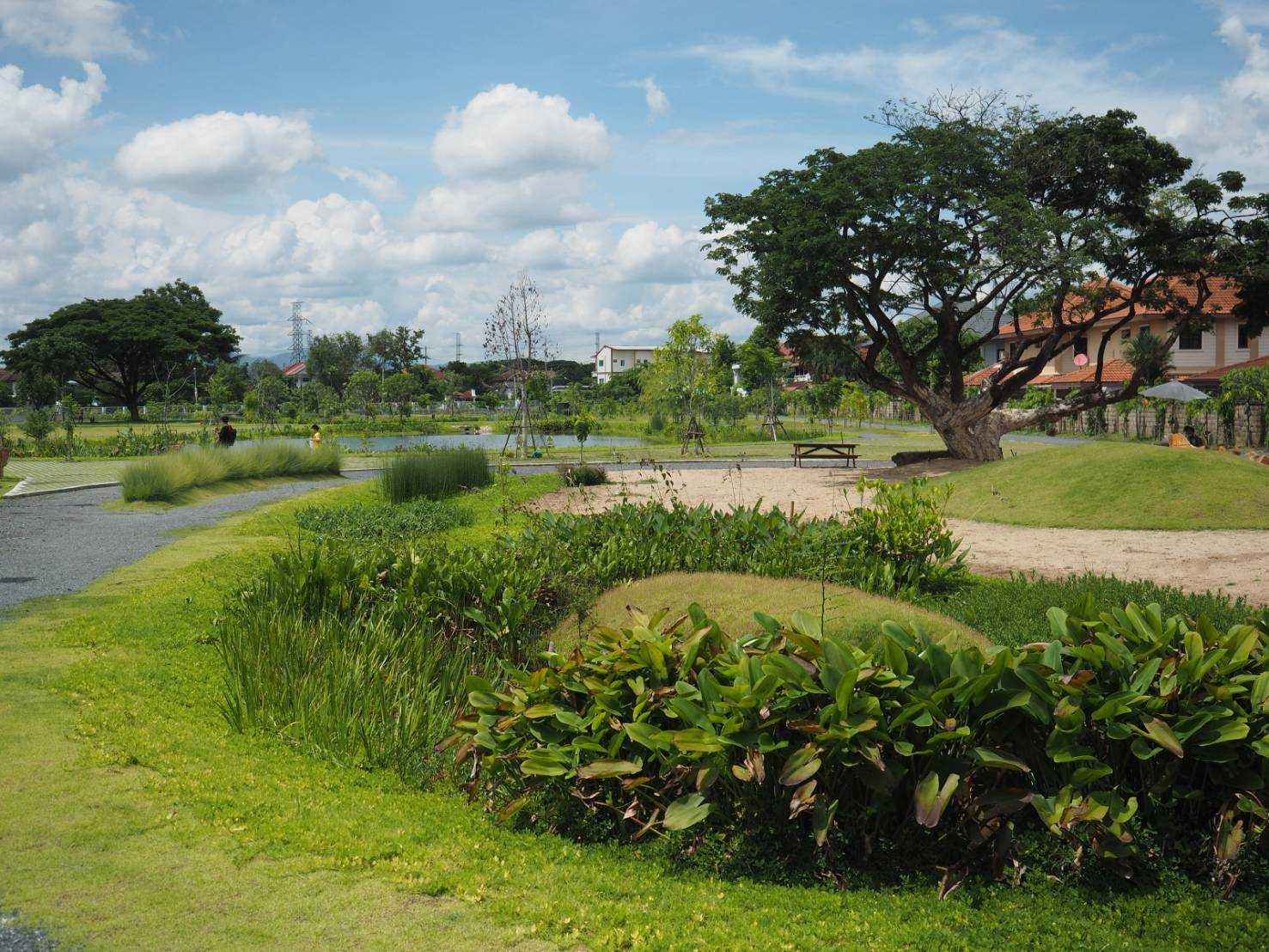
For a carefree, laid-back vibe, it’s the designer’s intention for the project to be nothing out of the ordinary, a public green space that operates without too much control or intervention.
As he puts it, “There may still be parts of it that aren’t arranged neatly or in good order here and there, but hey, that’s perfectly normal if we wish to restore an area of land to its original uncultivated state.
“After all, we have different notions about beauty in the 21st Century. Wouldn’t you agree that there’s a sense of beauty in imperfections, too?”
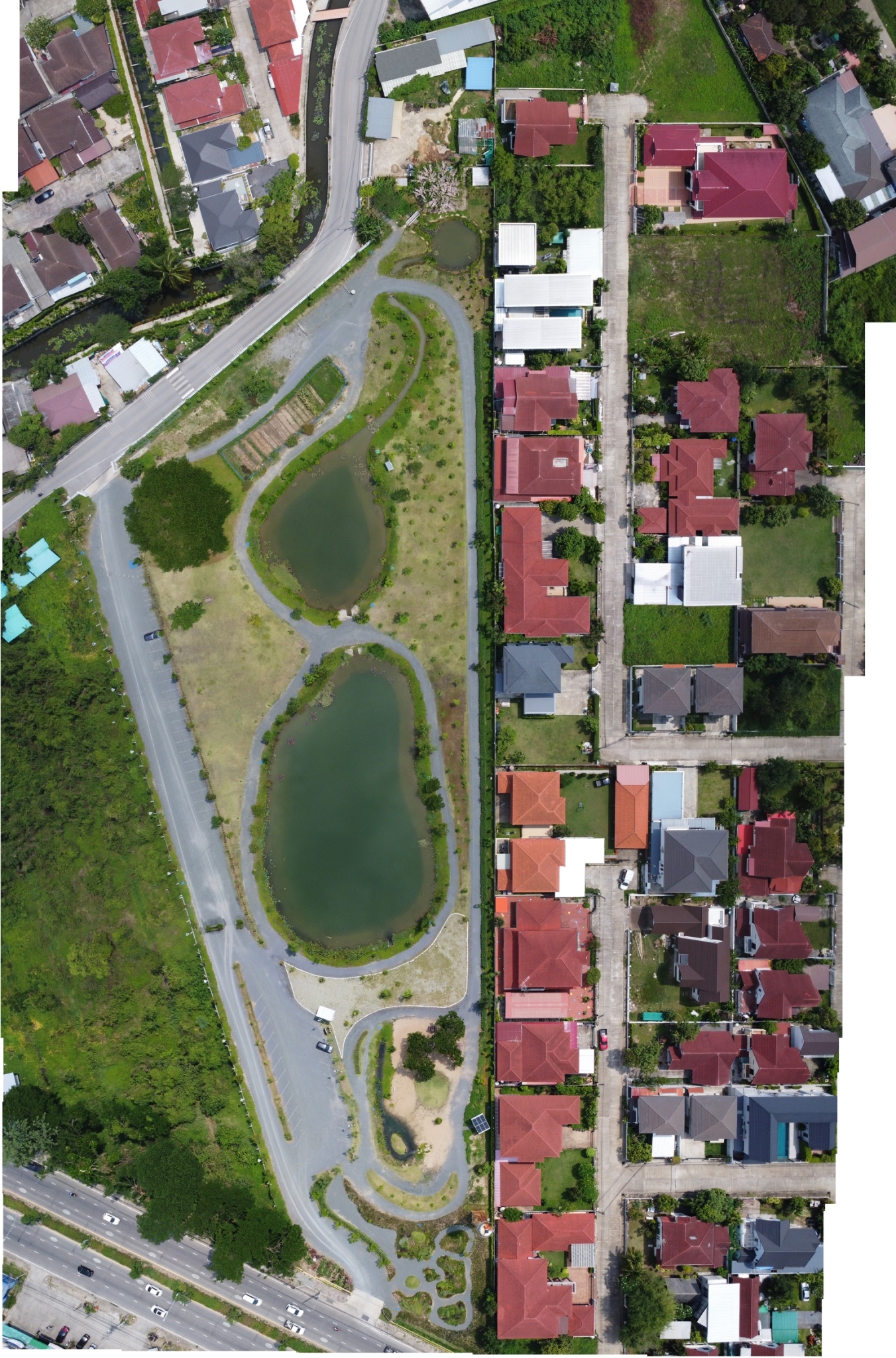
It’s the different conception of beauty that brings our attention to “Rewilding the Environment,” the term used to describe the return to a state of being unorganized or leaving it alone again, naturally.
By design, it’s a far cry from the impeccably manicured garden. Rather, it’s one rich in the flora and fauna of the Northern Region, including insects. It’s a design that views human users as inextricable parts of nature.
So if you’re looking for a place to relax, lean back and chill, Kaew Khum Oey Garden is the place to be. It’s made with the user in mind. And that’s precisely the message that the design atelier Jai Baan Studio tries to communicate.
Designer: Jai Baan Studio (www.facebook.com/Jaibaan)
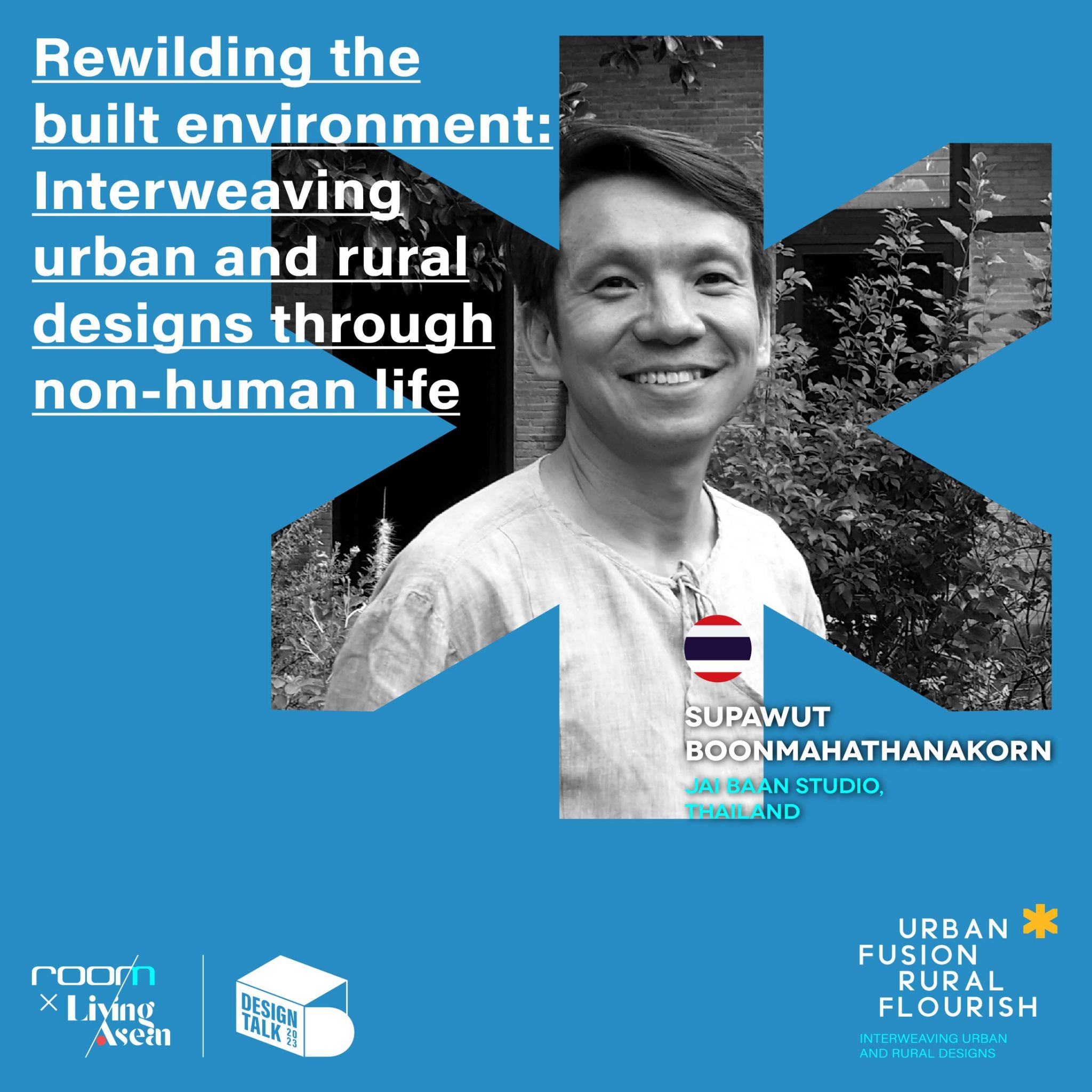
Find out more about nature-inspired landscape architecture and ideas for a possible course of action toward environment-friendly design similar to the above-mentioned project at the upcoming room X Living Asean Design Talk 2023.
It’s an opportunity to meet up Supawut Boonmahathanakorn, architect and founder of Jai Baan Studio as well as a panel of experts from three ASEAN countries.
This year’s conversation event is on the theme of “URBAN FUSION / RURAL FLOURISH: Interweaving Urban and Rural Designs.” The Design Talk is scheduled for Sunday August 6 at the room Showcase zone inside Baan Lae Suan Fair Midyear 2023.
Admission is free. Just a friendly reminder, seats are limited. Registration is recommended.
For more details: https://livingasean.com/special-scoop/room-x-living-asean-design-talk-2023-urban-fusion-rural-flourish-interweaving-urban-and-rural-designs/
Register to attend at: https://amarinfair.com/booking/room-x-living-asean-design-talk
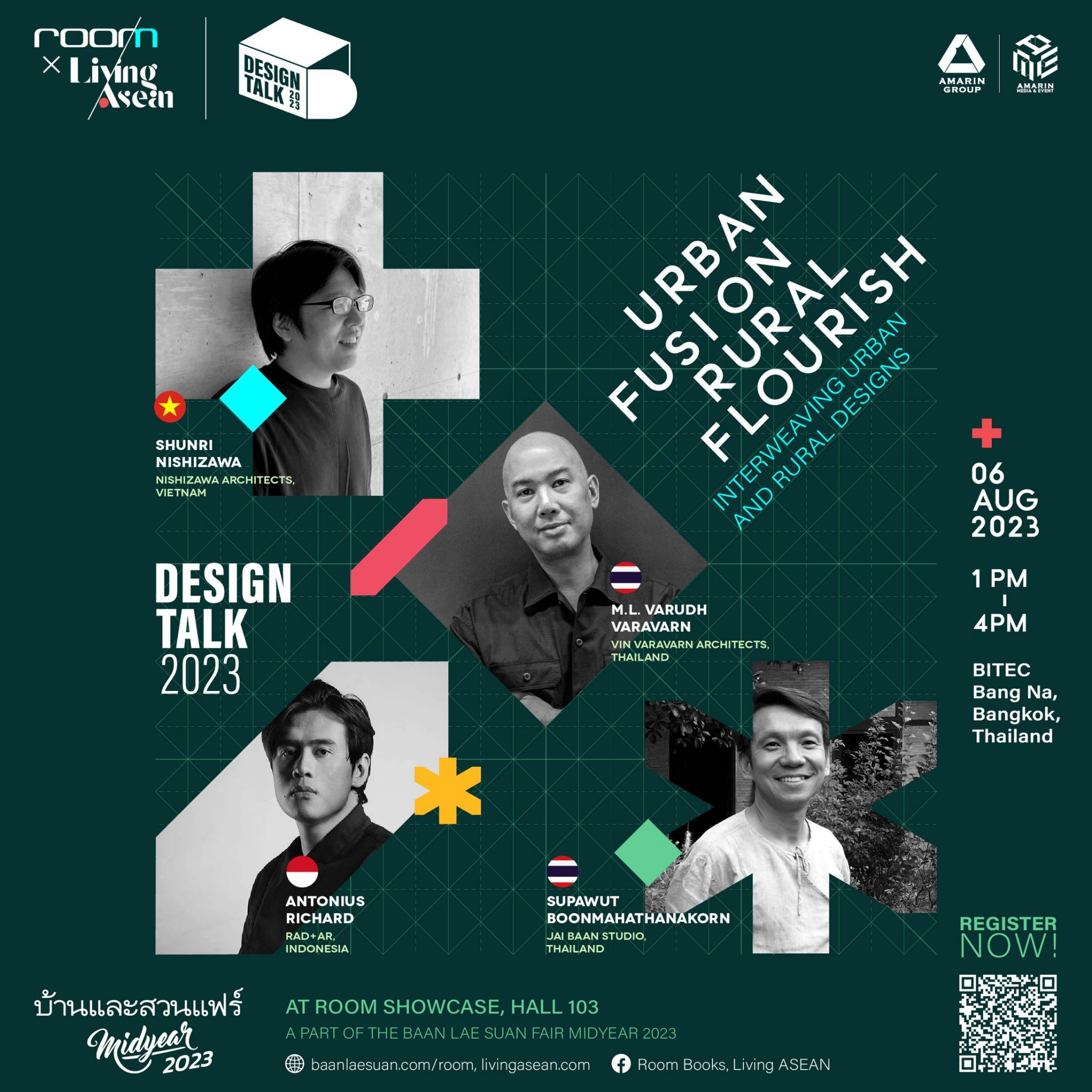
You may also like…
 Tanatap Ring Garden Coffee Shop: A Design Experiment on the Interaction between Commercial Space and Nature
Tanatap Ring Garden Coffee Shop: A Design Experiment on the Interaction between Commercial Space and Nature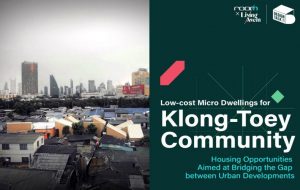 Low-Cost Micro Dwellings for Klong Toey Community: Housing Opportunities Aimed at Bridging the Gap between Urban Developments
Low-Cost Micro Dwellings for Klong Toey Community: Housing Opportunities Aimed at Bridging the Gap between Urban Developments

